The grounds look nice, but you know a way to make them nicer. At the same time, you can ensure that there’s plenty of fresh fruit to enjoy during certain seasons. With proper planning, you can choose fruit trees that enhance the look of the property while also bearing enough fruit for eating, canning, blanching, freezing, and any other means of storage that you have in mind. You can even buy fruit trees online once you decide which ones would be best.
How do you go about choosing the right fruit trees for your home garden? Here are some basic tips that will help.
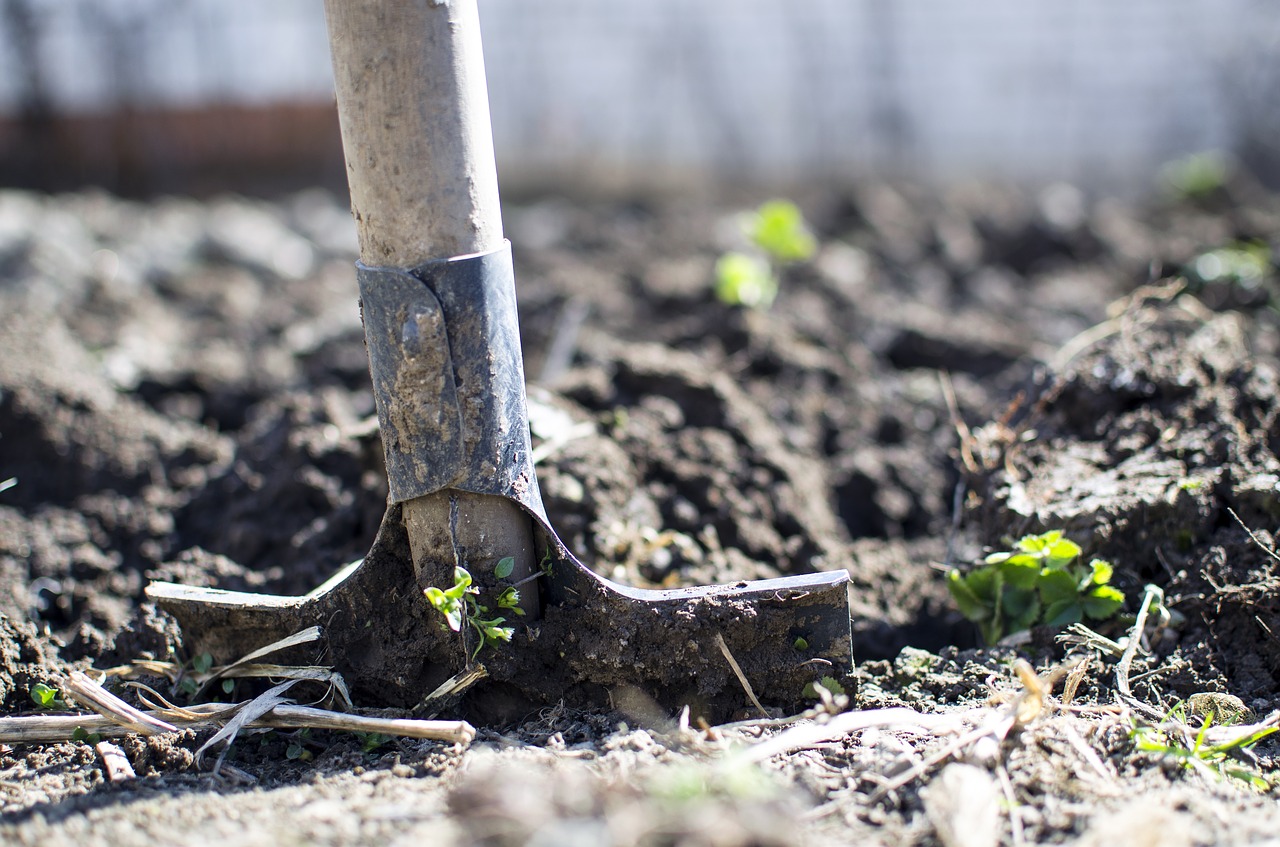
Start With a Soil Analysis
A soil analysis tells you quite a bit. The nutrient and mineral content of the soil is one of the primary elements found in the final analysis. You also get a better idea of the texture of the soil and how well it will retain moisture. These are all qualities that provide some insight into what sort of plant life will grow on the property.
Don’t assume that just because your evergreens and many types of flowers thrive on the property that fruit trees will do likewise. The analysis results will provide you with confirmation that the soil will support fruit tree growth, or tell you that some work is needed before you move forward with the planting. This one step will save quite a bit of time and effort.
Consider the Amount of Natural Light and Average Temperature
Along with the soil, consider the amount of natural light that the grounds receive. Since many fruit trees thrive in direct sunlight, you want to focus on areas that receive sunlight most of the day. This can be one of the most important factors in terms of giving the trees a good chance to grow and eventually bear fruit.
The average temperature during different seasons is also something that you want to consider. Depending on the type of fruit trees you select, some will benefit from moderate temperatures while others will work better in tropical or sub-tropical climates. As you consider different fruit tree options, pay close attention to the weather conditions that are optimal for each choice.
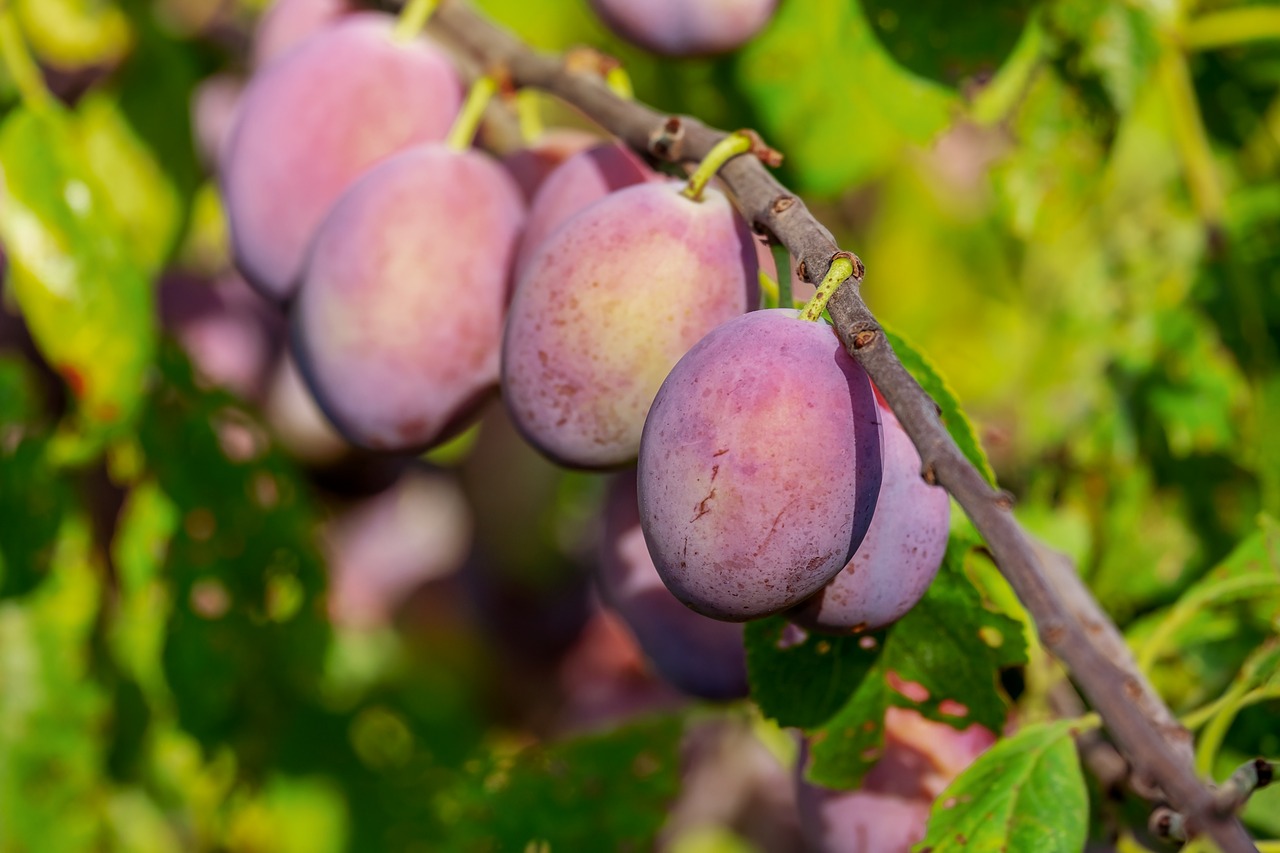
Think About What You Like
Up to this point, the focus has been on what sort of fruit trees the soil will support and the climate that will promote growth. This has begun to narrow the range of choices somewhat. You’re now ready to narrow them a little more. This happens by identifying the fruit trees that you’re most likely to enjoy.
Think about the types of fruit you routinely buy in any form. From fresh fruit that you get from a local grocer or farmer’s market to the canned and frozen varieties, what is it that you like to keep around the house? Do look closely at those and see if any of them would be a good fit for your fruit tree selection.
Keep in mind that your first choices may not work well with the soil or the weather. For example, you would love to buy peach trees online but the temperatures aren’t exactly right for that type of fruit tree. The result is that you move on to a secondary choice, one that is likely to thrive in your area.
Choosing Between Heirloom and Disease-Resistant Options
As you look around for fruit tree options, you’ll notice that some of them are identified as heirlooms and others are known as disease-resistant. What’s the difference? Heirloom fruit trees are sometimes referred to as heritage fruit trees. They are cultivars that have been around for centuries and are still tended under controlled conditions. They have not been genetically modified.
By contrast, disease-resistant fruit trees are varieties that have undergone some type of modification. The goal is to make these trees less susceptible to some of the common issues that can afflict different types of trees.
You’ll find enthusiasts who proclaim one is superior to the other in terms of taste, production, and overall quality. Others will tell you that there’s no significant difference in the quality, size, or quantity of the fruit. Spend some time learning more about each option and then make your decision.
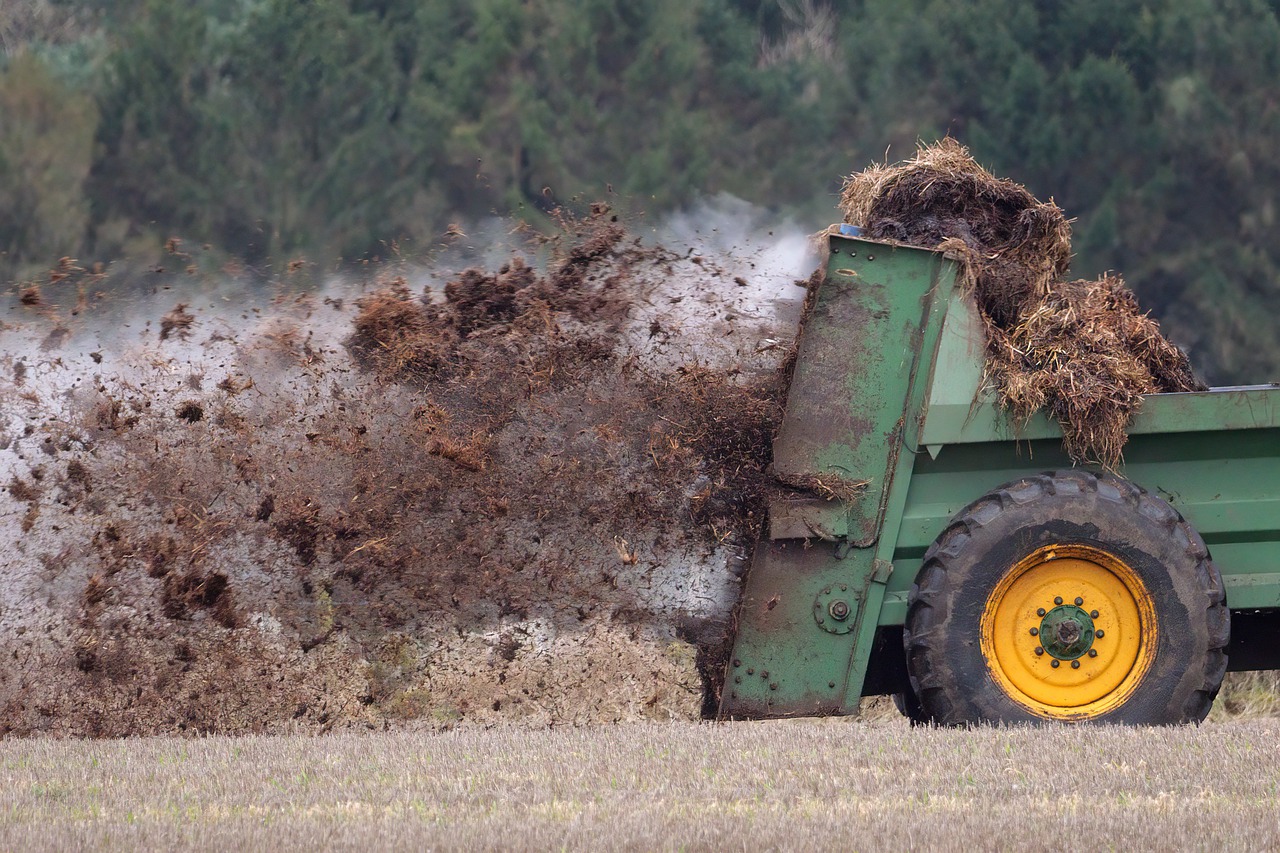
Identify Any Soil Enrichment Efforts You May Need to Make
You may find that the soil analysis revealed that you won’t need to do much before planting your new fruit trees. Other than a small amount of fertilizer, you’re good to go. Unfortunately, not everyone will find themselves in this lucky position. A more likely scenario is that you will need to spend some time and resources treating the soil.
This is also done with fertilizers, additives, and even bringing in and mingling nutrient-rich soil with what’s already in place. Depending on how many trees you plan on planting, this may be a task you can tackle in between the time you order the fruit trees and when they arrive. Once the treatments are complete and the trees are in the ground, you can continue to fertilize and perform other tasks related to keeping the trees healthy.
Consider the Need for a Pollinator
Some fruit trees are self-pollinating. Others will require at least one other fruit tree to manage cross-pollination. As you look for trees that bear your favorite fruit, keep this in mind. If you should invest in a single tree that’s not self-pollinating, disappointment is sure to come your way. By purchasing two trees that can pollinate one another, the odds of having plenty of fresh fruit are much higher.
Before you buy apple trees online or any other type of fruit, double-check and confirm if you need a pollinator or not. Order accordingly.
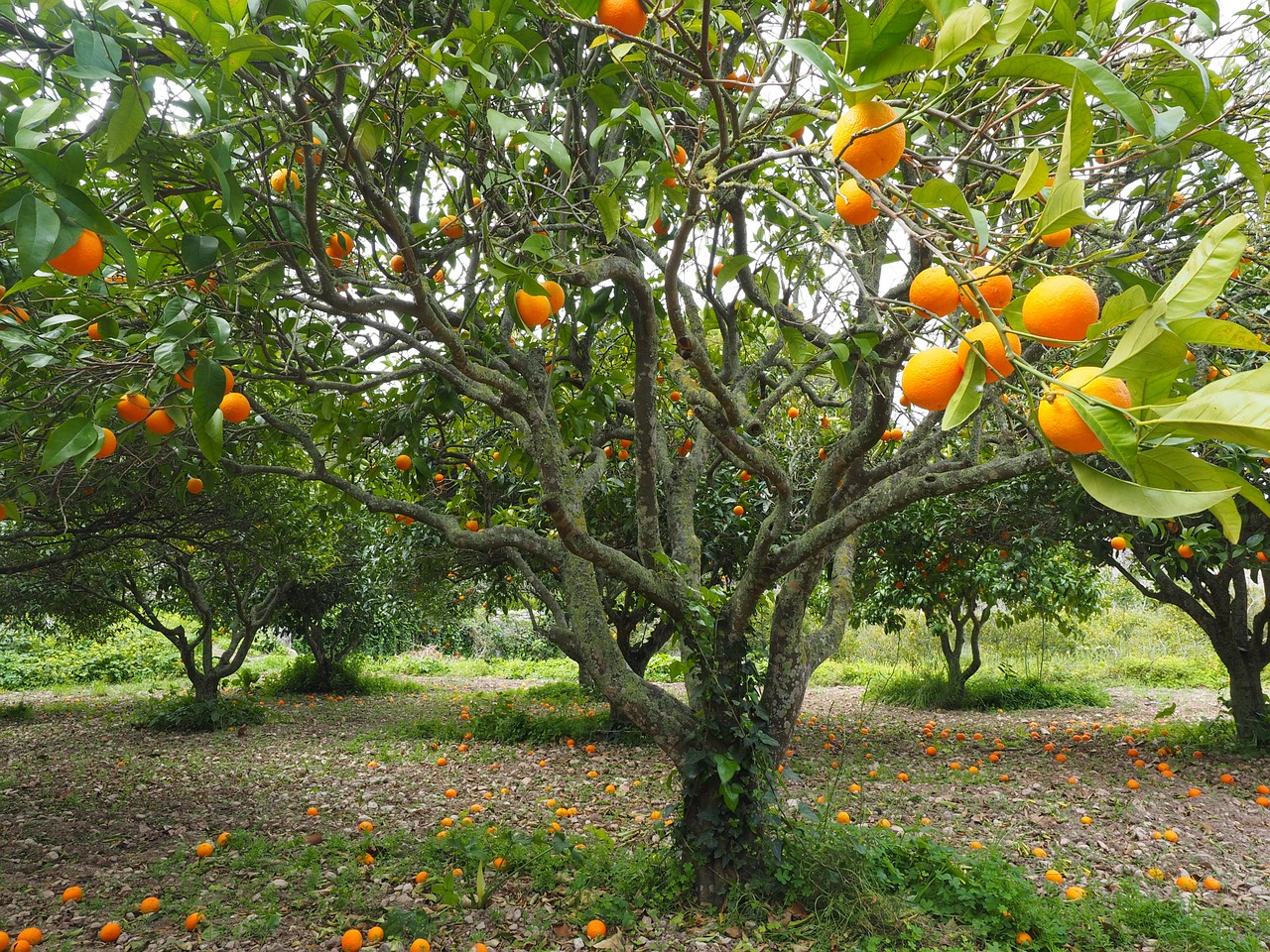
And Do Consider the Amount of Space You Can Devote to the Trees
How much space do you have set aside for the fruit trees? Keep in mind that you should consider how large those trees will be as the years pass. Ideally, you have enough room to space them out so the limbs and branches won’t become entangled over time. Doing so ensures that each tree receives optimum sunlight and can spread as far as the variety allows.
If you’re not sure how much space you need for two or more trees, check with local agricultural resources. It won’t be hard to find out how much room you need in between each one and plan the layout accordingly. It may seem like a lot of space at first, but the wisdom of the spacing will become apparent over time.
Making the Choice Between Bare Root and Container Fruit Trees
You’re also likely to find options for trees that are listed as bare root and container. A bare root is exactly as it sounds; there’s no dirt around the tree roots. This type of tree has been treated to preserve the root system until it can be planted.
A container fruit tree does have roots that are encased in soil. With this type of option, you’ll need to remove the tree and the soil from the container before planting. You’ll likely want to break up the soil before you place the roots in the ground. This will make the transition somewhat easier for the tree.
Which approach is best? Some experts would urge you to buy cherry trees online that are bare root. The rationale is that these trees will have an easier time settling into the ground and beginning to grow. This is sometimes ascribed to the fact that bare-root trees are usually planted while still dormant, and that they come with root systems that have more growth already than their container-bound counterparts.
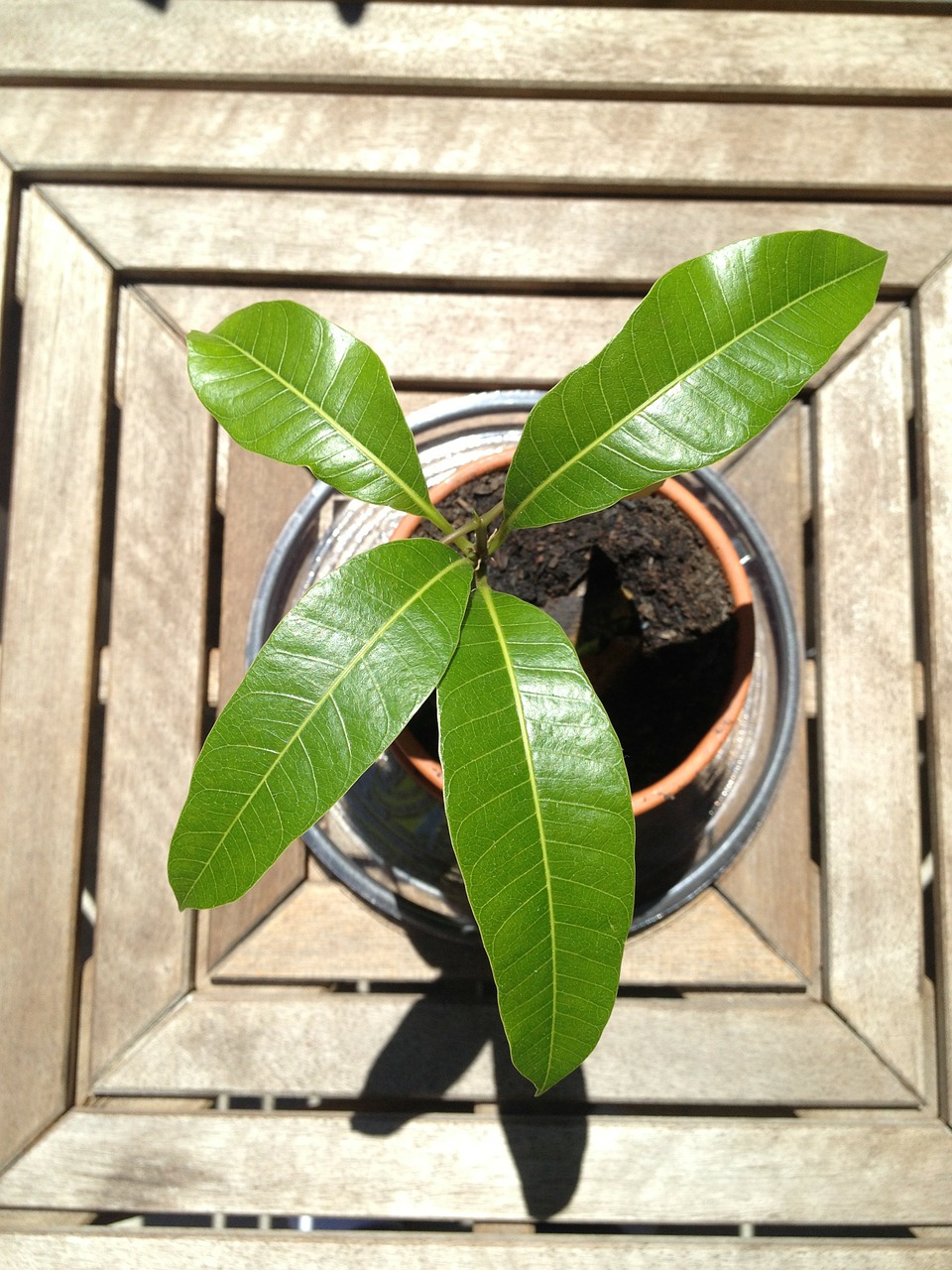
Understanding When to Plant the Trees
A general rule of thumb with planting fruit trees involves when to put them in the ground. A lot depends on the weather that prevails during the spring and autumn in your part of the world. Whether you’re planting bare roots or container trees also has some influence.
As a general guideline, bare-root trees are best planted sometime between November and February. To avoid planting them while the ground is frozen, as the roots will not have the chance to settle into the soil. This means if the weather is cool but still moderate in November, plant them then. If you miss that window of opportunity, wait until the late part of winter, when the temperatures are rising again. That’s often late February or early March in many areas.
For trees grown in containers, you have a broader time frame for planting. September through the following May will be recommended, based on the type of fruit tree you’re planting. As with bare root trees, don’t attempt to plant container trees while the ground is frozen. Get the planting done before or after the worst of the winter weather takes place.
While you may find some difference of opinion on when to plant, just about everyone agrees that summer is not the time to plant any kind of fruit tree. Summer is when the majority of trees do their growing and begin to bear fruit. Trees planted during this period don’t tend to do all that well.
Once you decide the kind of fruit trees you want and ensure the soil is properly prepared, feel free to schedule that fruit tree delivery. Make sure you have the time to get the trees in the ground soon after they arrive. Follow any recommendations from local authorities about caring for the trees. The result will be plenty of fresh fruit in the years to come.
Fruit-trees.com uses only the cleanest stocks available for propagation and provides detailed information about planting and care, in order to give your fruit trees the greatest opportunity for success.
Visit fruit-trees.com now to pre-order your new trees for spring or summer.




